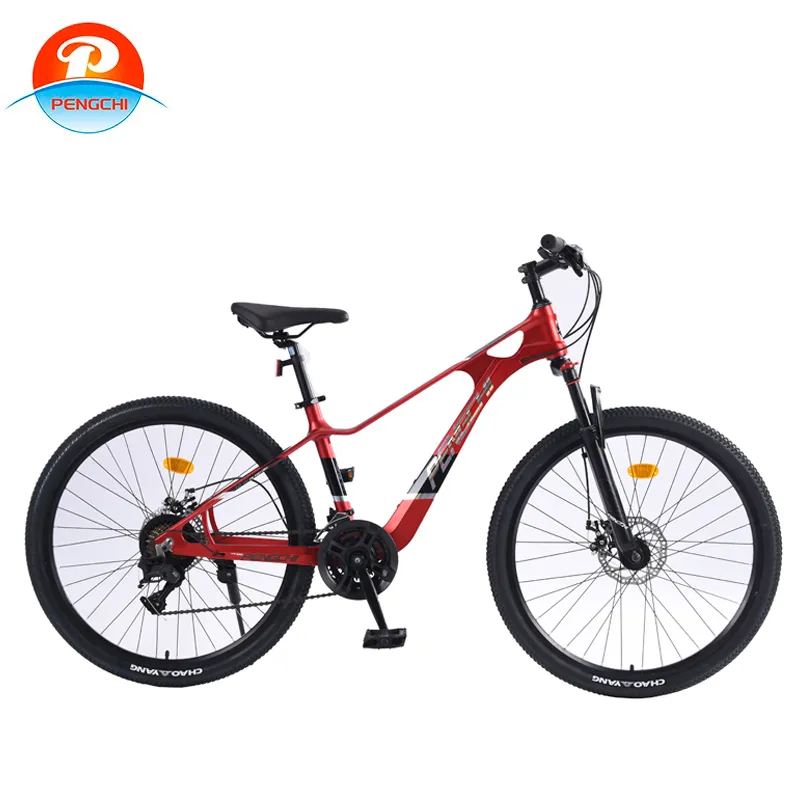
-
 Afrikaans
Afrikaans -
 Arabic
Arabic -
 Belarusian
Belarusian -
 Bengali
Bengali -
 Bulgarian
Bulgarian -
 Croatian
Croatian -
 Czech
Czech -
 Danish
Danish -
 Dutch
Dutch -
 English
English -
 Finnish
Finnish -
 French
French -
 German
German -
 Greek
Greek -
 hawaiian
hawaiian -
 Hebrew
Hebrew -
 Hindi
Hindi -
 Hungarian
Hungarian -
 Indonesian
Indonesian -
 irish
irish -
 Italian
Italian -
 Japanese
Japanese -
 Javanese
Javanese -
 kazakh
kazakh -
 Khmer
Khmer -
 Korean
Korean -
 Kyrgyz
Kyrgyz -
 Lao
Lao -
 Latin
Latin -
 Luxembourgish
Luxembourgish -
 Malay
Malay -
 Myanmar
Myanmar -
 Norwegian
Norwegian -
 Persian
Persian -
 Polish
Polish -
 Portuguese
Portuguese -
 Romanian
Romanian -
 Russian
Russian -
 Serbian
Serbian -
 Slovak
Slovak -
 Somali
Somali -
 Spanish
Spanish -
 Swedish
Swedish -
 Tagalog
Tagalog -
 Thai
Thai -
 Turkish
Turkish -
 Turkmen
Turkmen -
 Ukrainian
Ukrainian -
 Uighur
Uighur -
 Vietnamese
Vietnamese
نوفمبر . 06, 2024 06:40 Back to list
Innovative Urban Bicycle Design for Sustainable City Mobility Solutions
The Design and Impact of City Bikes
City bikes have emerged as an essential component of urban transportation, providing an eco-friendly alternative for commuting, reducing traffic congestion, and promoting healthier lifestyles. Their design plays a crucial role in ensuring that they are not only functional but also appealing and accessible to a diverse range of users. In this article, we will explore the various aspects of city bike design and its impact on urban mobility.
Aesthetic and Functional Design
The design of city bikes has evolved significantly over the years. Modern city bikes usually embody both aesthetic appeal and functional engineering. They are designed to be comfortable for riders, often featuring an upright riding position that minimizes strain on the back and shoulders. The geometry of these bikes is crucial; a well-designed frame enhances stability and maneuverability, making it easier to navigate through bustling city streets.
Moreover, attention to detail in the design of components such as handlebars, saddles, and pedals is vital. Many city bikes now come equipped with wider tires that provide better grip and comfort over varied terrains, which is particularly useful in urban settings where potholes and uneven surfaces are common. Additionally, the inclusion of integrated lighting systems and reflective materials further enhances safety during nighttime riding.
Materials and Sustainability
The materials used in city bike design also reflect a growing commitment to sustainability. Traditionally, bikes were constructed with steel or aluminum frames; however, advancements in materials science have introduced more sustainable options. For example, some manufacturers are now utilizing recycled aluminum and bamboo, which is not only lightweight but also environmentally friendly. This pivot towards sustainable materials aligns with the overall goal of promoting green transportation methods.
Moreover, the use of durable, weather-resistant components is crucial in extending the lifespan of city bikes, reducing the need for frequent replacements and minimizing waste. This focus on longevity and sustainability is indicative of a broader trend in urban design, where sustainability is prioritized alongside functionality and aesthetic value.
city bike design

Accessibility and Inclusivity
Another important aspect of city bike design is accessibility. The rise of bike-sharing schemes has highlighted the need for bikes that cater to a wider audience, including those who may not own a bike or have limited cycling experience. Efforts to create inclusive city bikes have led to the development of adjustable designs, step-through frames, and even electric-assisted models, making cycling more accessible to seniors and individuals with physical limitations.
Bike-sharing systems have fundamentally transformed urban mobility by offering a convenient and cost-effective transportation option. The design of these bikes must therefore consider ease of use, quick adjustments for various riders, and efficient docking mechanisms. Additionally, cities are increasingly integrating bike lanes and dedicated cycling infrastructure, promoting safer and more efficient city biking experiences.
Technology Integration
As urban environments become smarter, the integration of technology into city bike designs is becoming more prevalent. Innovations such as GPS tracking, smart locks, and mobile app connectivity allow users to locate, reserve, and unlock bikes with minimal hassle. This technological advancement not only improves user experience but also helps in monitoring bike usage patterns, which can be invaluable for city planners aiming to enhance cycling infrastructure.
Furthermore, the rise of electric city bikes, or e-bikes, has revolutionized how people view cycling in urban areas. With pedal-assist technology, e-bikes allow riders to tackle longer distances and challenging terrains without exhausting themselves. This expands the potential user base to those who may have previously deemed cycling impractical.
Conclusion The Future of City Bike Design
In conclusion, the design of city bikes is a multifaceted discipline that involves considerations of aesthetics, functionality, sustainability, accessibility, and technology. As cities continue to grow and the demand for sustainable transportation options increases, the importance of innovative city bike design cannot be understated. With ongoing advancements and a focus on user experience, city bikes are set to play a pivotal role in shaping the future of urban mobility. Embracing this evolution will not only benefit individual riders but also contribute to the overall enhancement of urban living, fostering healthier communities and a greener planet.
-
Top Kids Bike with gpt-4-turbo AI for Safe Rides
NewsAug.02,2025
-
Premium Titanium Road Bike: Lightweight & Durable
NewsAug.01,2025
-
Red Black BMX Bike with GPT-4-Turbo AI Tech
NewsJul.31,2025
-
New Red Anti-theft E-Bike | Easy Ride City Commuter
NewsJul.31,2025
-
BMX 20 Inch Bikes for Freestyle & Street | Fat Tire Options Available
NewsJul.30,2025
-
322 High Quality 26 Inch 21 Speed Adult Mountain Bike OEM MTB
NewsJul.29,2025

